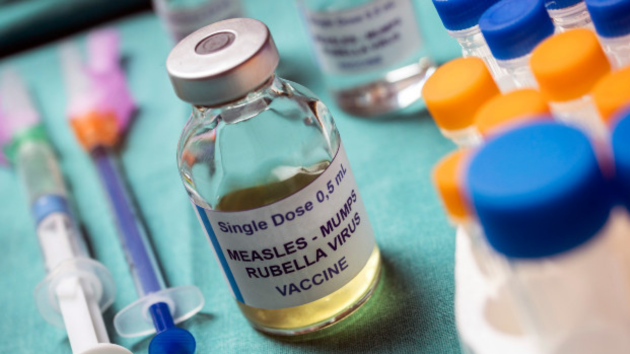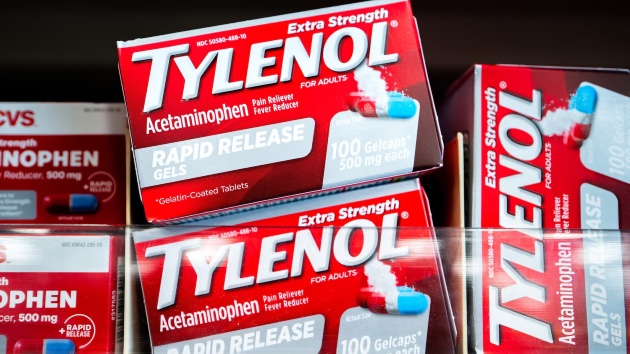CDC releases new guidance ending 5-day isolation period for recovering COVID-19 patients
Written by ABC Audio ALL RIGHTS RESERVED on March 1, 2024

(NEW YORK) — People who are recovering from COVID-19 no longer need to remain isolated for five days after symptoms end, according to new guidance from the U.S. Centers for Disease Control and Prevention.
Those sick with COVID-19 should stay at home and away from others until at least 24 hours after symptoms get better and they don’t have a fever, without medication, according to updated guidance from the CDC.
“Today’s announcement reflects the progress we have made in protecting against severe illness from COVID-19,” CDC Director Dr. Mandy Cohen said in a statement. “However, we still must use the commonsense solutions we know work to protect ourselves and others from serious illness from respiratory viruses — this includes vaccination, treatment, and staying home when we get sick.”
The CDC said during those five days after you are feeling better and without a fever you should still wear a well-fitting mask, keep distance from others, get tested and use enhanced hygiene practices.
It was also noted that the guidelines were intended for community settings, not health care setting, like hospitals or nursing homes, where the same five-day isolation guidance remains.
“We wanted to provide folks an easy and understandable way to protect themselves,” Cohen told ABC News in regard to the federal agency dropping the 5-day COVID isolation recommendations.
“Folks who are more vulnerable to these viruses were top of mind as we put this guidance together. We all know someone who is vulnerable, it’s in my own family. So, it was very top of mind for me,” Cohen said.
“Hand hygiene, ventilation masking, using tests…those are the things we want to use as additional strategies in those five days after your fever is gone, and after your symptoms are improving,” Cohen added.
Cohen also said the CDC found a way to have both guidance that is simple and also protect those that are vulnerable.
“We know if things are simple, and that people remember it and use it, that it actually means that we will have less virus spread overall,” Cohen said.
The newer guidelines are in line with what the CDC has recommended for the flu “for decades,” the agency said.
“The bottom line is that when people follow these actionable recommendations to avoid getting sick, and to protect themselves and others if they do get sick, it will help limit the spread of respiratory viruses, and that will mean fewer people who experience severe illness,” Dr. Demetre Daskalakis, director of the National Center for Immunization and Respiratory Diseases, said in a statement. “That includes taking enhanced precautions that can help protect people who are at higher risk for getting seriously ill.”
The number of COVID-19 hospitalizations declined slightly in the most recent week, according to numbers released Friday. COVID-19 hospitalizations remain lower than at the same time last year, while adults over 65 continue to have the highest rates of hospitalization.
Still, there were 17,310 weekly hospitalizations for COVID-19 and 2.1% of deaths in hospitals could be attributed to COVID-19, according to the CDC.
ABC News’ Mark Osborne contributed to this report.
Copyright © 2024, ABC Audio. All rights reserved.

 KVSP
KVSP 




